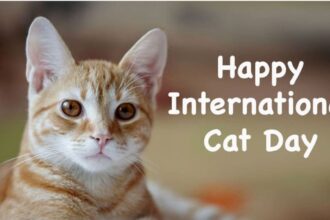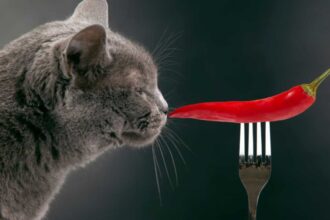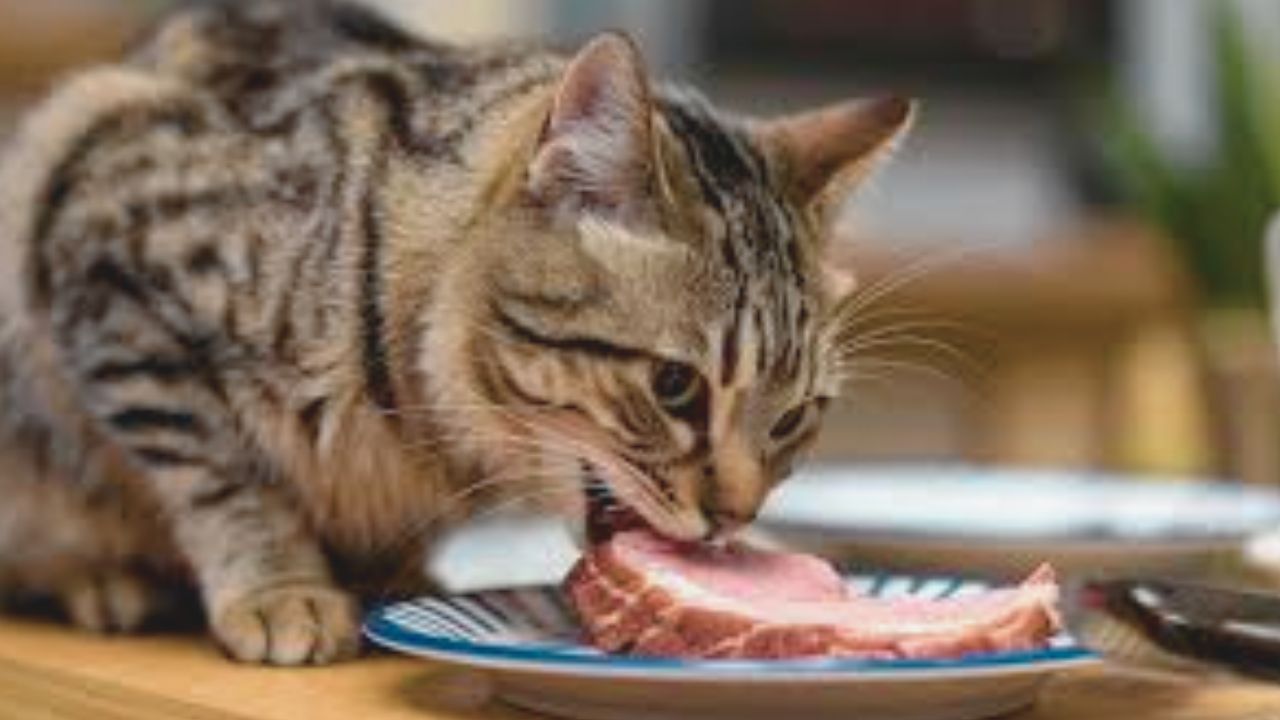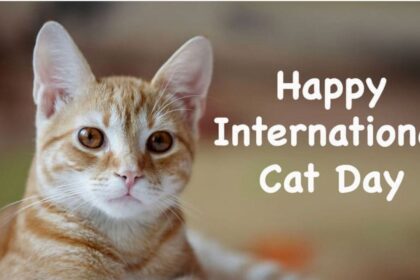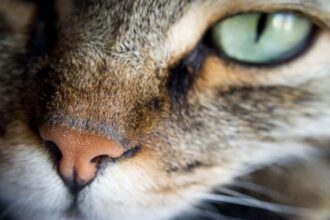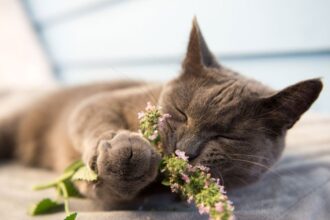The idea of providing our cats with fresh food may seem innovative, but what’s truly new is its commercial accessibility. The fact that KatKin was the first company in the UK to provide freshly prepared cat food directly to cat parents serves as an example of this.
“It’s exciting to see the benefits of Fresh can now be merged with the convenience of direct delivery”
What exactly is fresh cat food, though? This is our definition of it. First of all, the meat is entirely fresh and cooked slowly. Secondly, it is not stored in the cabinet but rather in the refrigerator and freezer. Kibble and wet food don’t last for years in the pantry because of preservatives and heat-blasting techniques. More information regarding fresh diets in general can be found here.
Fresh food has always been difficult to find. Because it was difficult and expensive for them, mainstream cat food companies wouldn’t produce it. The only option was to cook at home. Veterinarians would only suggest it in extreme cases:
1#When cats had specific nutritional needs which were not met by other diet forms
2#When cat parents had concerns about ingredients and ingredient transparency, or
3#When the cat needed a highly digestible or palatable diet.
However, we are currently altering all of that. We carefully prepare fresh cuisine and send it right to your door. Last but not least, every cat can gain from optimal wellness.
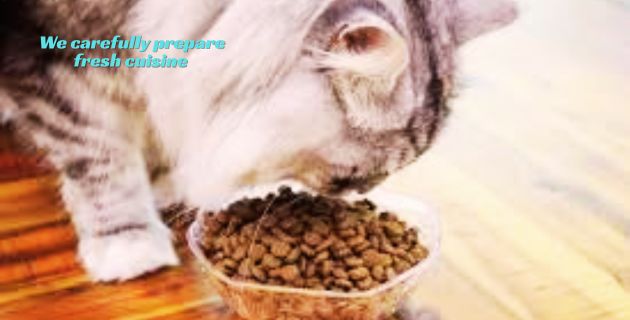
Although research on Fresh is still in its early stages, its general goal is to evaluate how people who follow fresh diets react to those who follow other dietary options.
The lack of objective metrics to truly determine whether one cuisine is better than another in terms of its effects on health is one of the main obstacles nutrition researchers face when assessing diets. Consider a serum biochemistry panel, which is what most people would refer to as a “routine blood panel.” Changes in these values need severe nutritional surpluses or shortages. This makes sense because the factors examined in such a test are blood proteins and vital organ function, which are designed into cats and most mammals to live and preserve them.
So what kind of testing could be useful? Indeed, more advanced measurements are possible. The most basic of these is a digestibility study, in which the amount absorbed is estimated by measuring what enters the animal and what exits in the feces. According to preliminary study, fresh diets are highly digestible, indicating that a large portion of the food is absorbed.
There are several causes for this. First of all, a lot of fresh foods are low in fiber, and insoluble fiber is a form of fiber that the cat’s body cannot digest. The proteins and lipids in fresh foods are typically easier to digest than those in many kibble diets, even when the difference in fiber is taken into consideration. This is probably because, depending on the section of the animal they came from, the meats and dry meat meals utilized in many kibble and canned diets are naturally less digestible sources of protein. On the other hand,Generally speaking, the cuts of meat used in KatKin recipes—the grade of meat generally served to humans—are very easily digested. All of this has the overall effect of causing cat parents who convert to fresh food to frequently observe a decrease in stool production as more of the food is digested.
Diet has an impact on the microbiome, which is the collective term for the bacteria that live in the gut. There is growing evidence that fresh foods may produce different microbiomes than other diet types, particularly kibble. Because of the way they are prepared and cooked, kibble and canned diets have very little bacteria, while cooked fresh diets show a decrease in dangerous pathogens (as confirmed by testing) while keeping possibly helpful bacteria present in the food. Vet nutritionists throughout the world are currently researching the potential effects of fresh foods on the stomach, which is crucial for both food absorption and immune system control.
Fresh foods may also affect cats’ activity levels and encourage a healthy weight due of their naturally high water content. Studies have indicated that diets with greater levels of moisture enhance spontaneous activity for unclear reasons. Furthermore, a scientific method is used to portion KatKin meals individually, eliminating the uncertainty associated with feeding amounts. Let’s be honest: standard packaging is perplexing, and studies have revealed that it varies from food to food and from company to company.Therefore, it is not surprising that obesity is such a problem. Obese and overweight cats are more likely to develop a variety of health conditions, from joint difficulties to diabetes. Your cat can consume more food because fresh cat food has a lower calorie density than kibble.
Anecdotal evidence from cat parents over the years has indicated that improvements in skin and coat, allergy symptoms, and gastrointestinal difficulties may very well be linked to switching to a new food. However, scientists always seek objective data when analyzing diets. There are undoubtedly scientific explanations for this, including improved nutritional absorption, changed gut flora, and higher levels of less-inflammatory fatty acids.
While we at KatKin are still dedicated to expanding the scientific knowledge of the advantages of fresh food, we are even more focused on creating the greatest cat chow possible in the meanwhile. We hope you’ll join the fresh movement and help spread the whole foods, ingredient-focused cat nutrition movement throughout Europe.


